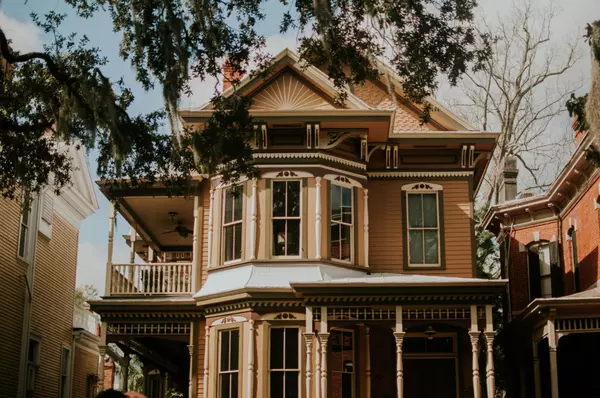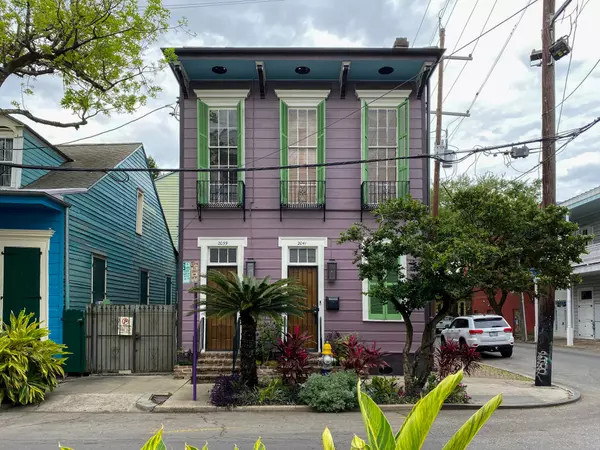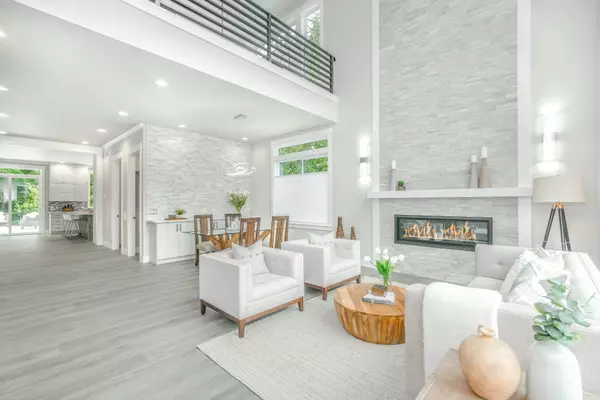
Fixing to Sell: 6 House Smells That Could Signal Bigger Problems
If you’re planning to sell your New Orleans home, it’s important to present it in ways that attract potential buyers and help you get the best possible price. Although people may overlook how the residence smells or mask them by lighting candles, some odors are potentially dangerous. You should deal
![Are You Prepared to Buy a Home? Find Out Here [Checklist],Rose Morrison](https://cdn.chime.me/image/fs/cmsbuild/2024101/11/w600_original_56b8760b-bd96-4713-a1fe-1d61d91ea31c-png.webp)
Are You Prepared to Buy a Home? Find Out Here [Checklist]
Are You Prepared to Buy a Home? Find Out Here [Checklist] Down in New Orleans, culture is everything. You can hear it in the jazz bands, smell it in the food and see it in the architecture. If you dream of owning one of those fabulous NOLA homes, you may feel like jumping the gun whenever a listing

Don’t Do These 7 Things to Your NOLA Home (According to Experts)
Is there anything more exciting than moving into a new house? Of course, you'll want to put personal touches on your dwelling as soon as you settle in. Homeownership in New Orleans presents a few challenges, though. From working through unruly weather to navigating renovations on a historic structur
Categories
Recent Posts









